On Episode #173 of the PricePlow Podcast, Mike and Ben dive deep into the world's most researched supplement with Mirko Holzmüller and Stefan Schweyer from Creapure, the premium creatine monohydrate brand manufactured by AlzChem in Germany. This comprehensive conversation explores everything from the unique German manufacturing process that delivers 99.99% purity to the expanding research showing creatine's benefits far beyond athletic performance.
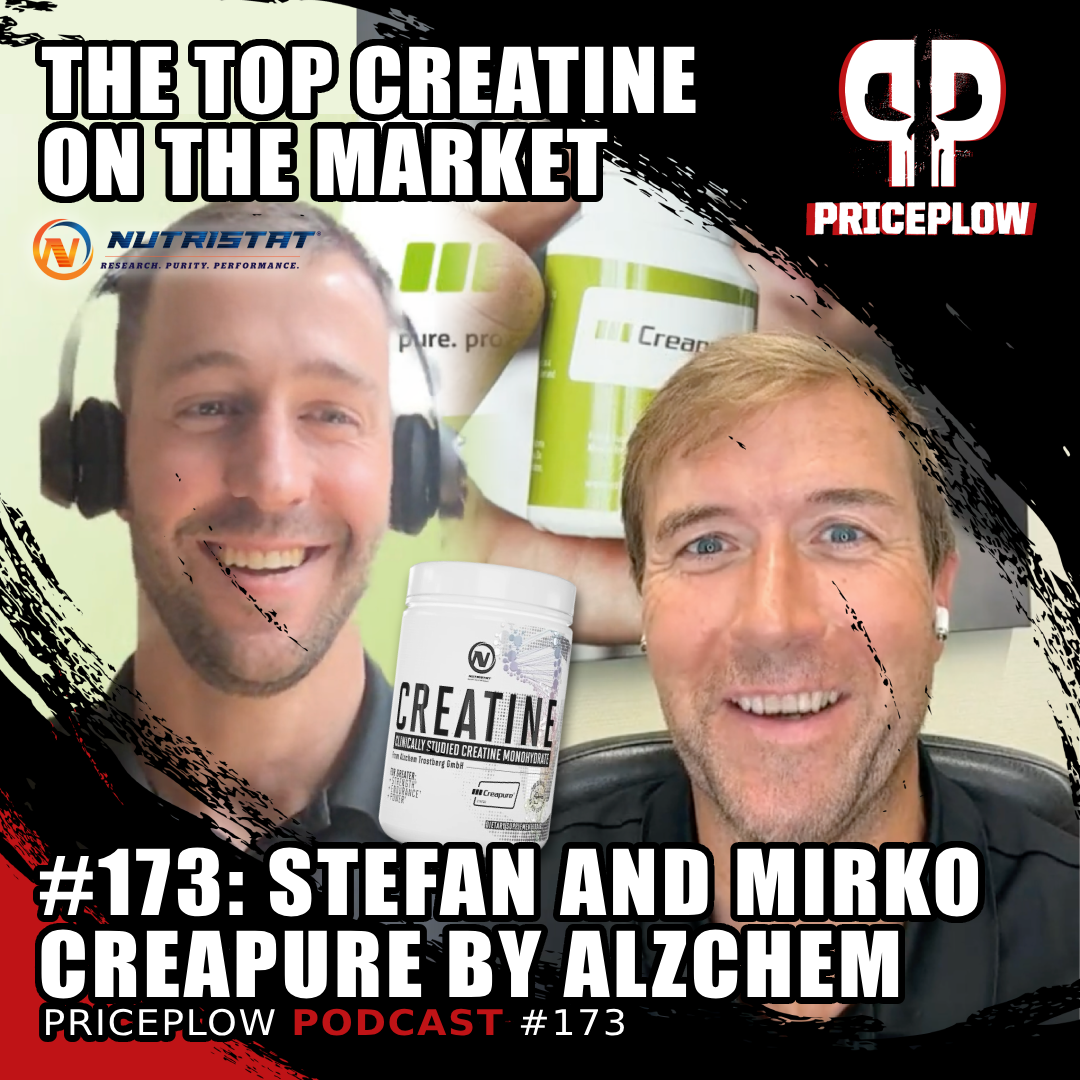
Mirko Holzmüller and Stefan Schweyer from Creapure reveal the manufacturing secrets behind Germany's 99.99% pure creatine monohydrate and explore creatine's expanding applications beyond sports performance on Episode #173 of the PricePlow Podcast.
As creatine experiences a renaissance with growing interest from women, elderly populations, and health-conscious consumers, Mirko and Stefan provide insider insights into what sets Creapure apart from generic alternatives. From the coal-and-lime production process in Bavaria to the rigorous testing protocols that ensure every batch meets pharmaceutical-grade standards, this episode reveals why leading brands like Nutristat choose Creapure as their exclusive creatine source.
The discussion covers optimal dosing strategies, debunks common myths about loading phases, and explores emerging research on post-viral fatigue, cognitive function, and healthy aging. Whether you're a supplement industry professional or someone curious about creatine's expanding applications, this conversation offers unprecedented access to the science and manufacturing expertise behind the world's most trusted creatine brand.
Subscribe to the PricePlow Podcast on Your Favorite Service (RSS)
https://blog.priceplow.com/podcast/creapure-173
Video: Inside Creapure - The Science of Premium Creatine Manufacturing
Podcast: Play in new window | Download (Duration: 59:53 — 57.6MB)
Detailed Show Notes: Creapure’s Manufacturing Excellence and Scientific Leadership
-
0:00 - Introduction: Meeting the Creapure Team
Mike and Ben welcome Mirko Holzmüller and Stefan Schweyer from the Creapure team to discuss what they position as "the world's best creatine." The conversation begins with introductions that reveal the unique backgrounds both men bring to the supplement industry's most established ingredient.
Mirko Holzmüller, responsible for global marketing at AlzChem since 2016, brings an unconventional perspective to the chemical industry. Coming from the boardsport scene, he initially questioned whether he wanted to work for a chemical company before discovering creatine's remarkable health benefits. His personal transformation as a vegetarian taking creatine provides authentic enthusiasm for the product's potential.
Stefan Schweyer handles business development in North America from Washington DC, bringing exercise science expertise and genuine passion for human performance optimization. His academic background combined with personal creatine use since age 16 creates the perfect foundation for educating the North American market about German-made creatine excellence.
The partnership between these two represents Creapure's evolution from a behind-the-scenes ingredient supplier to a consumer-facing brand with compelling storytelling and scientific credibility. Their collaboration has transformed how the industry views creatine quality and manufacturing transparency.
-
5:00 - AlzChem's Foundation: More Than Just Creatine
Mirko explains that Creapure represents the branded creatine monohydrate from AlzChem, a diversified chemical company founded in 1908 with over 30 years of creatine manufacturing experience. AlzChem's portfolio extends far beyond supplements, producing chemicals for agriculture, renewable energy, automotive applications, and fine chemicals, providing the industrial expertise that ensures creatine manufacturing excellence.
The company's transparency sets them apart from generic manufacturers, with complete openness about their location, processes, and quality standards. This transparency reflects confidence in their methods and commitment to consumer education about what they're actually consuming when they choose Creapure.
AlzChem's position as the first company to produce creatine commercially for the supplement industry gives them unmatched experience and institutional knowledge. Their willingness to share manufacturing details and maintain direct communication with consumers demonstrates a level of accountability rarely seen in ingredient manufacturing.
-
10:00 - Creatine Fundamentals: Energy Currency for Body and Brain
Stefan and Mirko provide a comprehensive overview of creatine's role in human physiology, explaining how this naturally occurring compound serves as the body's primary energy currency. Produced in the kidneys, liver, and pancreas, creatine is primarily stored in muscle tissue where it facilitates the regeneration of ATP (adenosine triphosphate) from ADP (adenosine diphosphate).[1-3]
The analogy of creatine as "pure energy" that works whether you're "a toaster or a Tesla" effectively illustrates how this fundamental energy system supports all cellular functions. Beyond muscle energy, creatine plays crucial roles in brain function, bone health, and overall cellular metabolism, with over 69,000 studies documenting its wide-ranging benefits.
Mirko's personal experience as a vegetarian since age 16 provides compelling testimony for creatine's effects. His dramatic energy improvements, better sleep quality, enhanced concentration, and ability to manage demanding work and family responsibilities demonstrate creatine's practical benefits for non-athletes seeking optimal daily performance.
The discussion emphasizes that creatine supplementation addresses a fundamental nutritional gap, especially for those with limited meat consumption or high physical demands. Since the body produces only about 60% of its creatine needs endogenously, supplementation provides the remaining 40% necessary for optimal function.
-
15:00 - Personal Dosing Strategies: Beyond the Standard Five Grams
Both Mirko and Stefan share their personal creatine protocols, providing practical guidance that goes beyond generic recommendations. Mirko takes 5 grams daily, representing the standard dosage supported by the majority of research, while Stefan uses approximately 8 grams based on his 80-kilogram body weight and the formula of 1 gram per 10 kilograms of body weight.
This personalized approach acknowledges that optimal creatine dosing depends on individual factors including body mass, muscle mass, and activity levels. The 3-5 gram daily recommendation works for most people, but larger individuals or those with significant muscle mass may benefit from higher doses calculated using the body weight formula.
The conversation addresses loading protocols, revealing two schools of thought in the research community. While some researchers still advocate initial loading phases, comparison studies show that after two months of consistent use, there's no detectable difference between those who loaded initially versus those who started with maintenance doses.
Quality matters in creatine. Nutristat uses premium Creapure® in all their products, ensuring 99.9% purity without harmful impurities.
Stefan notes that loading might have specific applications for athletes with competitions approaching within 3-4 weeks who need maximum benefits as quickly as possible. However, for the general population, starting with 3-5 grams daily and maintaining consistent use on both training and rest days provides optimal results without the potential digestive issues associated with high-dose loading.
-
20:00 - Understanding Creatine's Unique Energy Profile
Mike explores an important distinction about creatine's effects, noting that while users often feel increased energy, creatine doesn't provide the stimulatory effects associated with caffeine or beta-alanine. This "cellular energy" operates through completely different mechanisms, providing consistent energy availability rather than acute stimulation.
Mirko describes feeling creatine's effects within 10 days of starting supplementation, which is faster than the typical 30-day timeline often cited in research. This rapid response likely reflects his vegetarian diet, which naturally provides less dietary creatine than omnivorous eating patterns. His experience of "constant high energy level" without the peaks and crashes associated with stimulants illustrates creatine's unique profile.
Stefan explains that creatine functions as an "aerogenetic source of energy," working at the cellular level to maintain consistent ATP availability. This fundamental difference from acute stimulants means creatine users experience sustained energy support rather than temporary boosts followed by crashes.
The conversation touches on Mirko's initial hesitation about marketing a supplement, given his straight-edge hardcore scene background. His complete conviction in creatine's benefits stems from understanding that it's a "body-own supplement" that simply replenishes natural creatine stores with the exact same chemical compound the body produces.
-
25:00 - Manufacturing Excellence: The German Advantage
Stefan addresses quality concerns by highlighting Creapure's perfect track record over eight years of North American sales, with zero recalls and consistent quality across every batch. This reliability stems from comprehensive testing of every product batch before shipping, ensuring that all Creapure meets identical quality standards.
The conversation reveals significant quality variations in generic creatine, with some batches testing out of specification and requiring return to manufacturers. Common issues include elevated creatinine levels and contamination with compounds like DCD (dicyandiamide) and DHT (dihydrotriazine), impurities that never appear in Creapure due to superior manufacturing processes.
Ben shares his evolution from generic creatine advocate to Creapure supporter after investigating the sourcing and manufacturing transparency. The ability to trace Creapure from raw materials through the complete production process provides quality assurance that generic alternatives cannot match.
The transparency extends to third-party testing results and manufacturing location disclosure, creating accountability that builds trust with both brands and consumers. This level of openness reflects confidence in manufacturing processes and commitment to consumer education about supplement quality.
-
30:00 - Purity Standards: 99.99% Excellence
Mike discovers that Creapure guarantees 99.99% purity rather than the 99.7% he initially expected, representing pharmaceutical-grade quality that exceeds typical supplement standards. This exceptional purity results from AlzChem's unique manufacturing process and rigorous quality control protocols.
The production process begins with melting coal and lime together at 2,000 degrees Celsius to create calcium carbide, which AlzChem also sells to the metallurgy industry for steel enhancement. The calcium carbide is then processed into calcium cyanamide (an agricultural product), from which liquid cyanamide is extracted and combined with in-house produced guanidine under specific temperature and pressure conditions.
This reaction creates creatine monohydrate, which is separated from liquid materials and dried to produce the final product. Mirko describes this process as "magic," comparing it to the German comic character Asterix's druid Getafix brewing magic potions, though the chemistry is precisely controlled and scientifically validated.
The unique production route differs significantly from generic manufacturing processes, particularly those using methylthiourea in the synthesis pathway, which can potentially introduce impurities. AlzChem's approach ensures consistently pure creatine monohydrate identical to what the human body produces naturally.
-
35:00 - Quality Control and Contamination Prevention
Stefan explains how European Union regulations and EFSA (European Food Safety Authority) oversight ensure superior quality standards compared to less regulated markets. The EU mandates that DHT (dihydrotriazine) levels remain below 3 parts per million (essentially non-detectable), while Health Canada maintains similar standards.
This regulatory framework contrasts sharply with markets where DHT levels aren't regulated, leading to higher impurity levels in generic creatine. Stefan notes that DHT presence serves as a definitive marker for distinguishing Creapure from generic alternatives, as Creapure never contains detectable levels of this impurity.
The conversation reveals serious contamination issues with generic creatine, including a 2022 incident in Poland where mercury-contaminated creatine reached retail shelves before being recalled across Europe. Such contamination represents a worst-case scenario that AlzChem's quality systems are designed to prevent completely.
Beyond heavy metals, the discussion covers other potential impurities in generic creatine, though Stefan notes that their analytical department maintains more comprehensive data on specific contaminants found in market testing. The key point is that comprehensive testing and quality control prevent these issues from affecting Creapure users.
-
40:00 - Market Trends and Consumer Education
Ben explores current creatine trends, noting the supplement's renaissance among diverse demographics including women, elderly users, and health-conscious consumers discovering benefits beyond athletic performance. Social media platforms like TikTok have introduced creatine to audiences who previously considered it exclusively for bodybuilders and athletes.
Mirko explains that while sports performance remains their foundation, emerging applications in women's health, healthy aging, and post-viral recovery represent significant growth areas. Research shows that creatine combined with moderate exercise helps elderly individuals maintain muscle mass and mobility, supporting healthy aging without requiring intensive gym routines.
This three-panel graph compares plasma creatine concentrations over time with different supplementation methods. Panel A shows pure creatine solution's rapid absorption and clearance curve, panel B demonstrates how meat consumption provides lower but sustained creatine levels compared to solution, and panel C reveals how various creatine formulations (gel, suspension, lozenge) deliver comparable bioavailability despite manufacturer claims of superiority, supporting the article's point that alternative forms don't outperform basic monohydrate.
[4]The post-viral fatigue research represents particularly timely applications, as studies suggest creatine supplementation may help some individuals recover energy levels more quickly following viral infections. While research continues and no medical claims are made, the mechanism makes sense given creatine's fundamental role in cellular energy production.
Stefan emphasizes that emerging research focuses on post-viral fatigue syndrome broadly, not just COVID-related issues. When the body channels all available energy toward fighting infections, other systems may become energy-depleted, and creatine supplementation can help restore normal energy availability across all bodily functions.
-
45:00 - Research Partnerships and Scientific Leadership
The conversation reveals AlzChem's extensive research partnerships with universities and leading researchers worldwide, providing both funding and high-quality Creapure for studies. This commitment to scientific advancement ensures that creatine research continues expanding into new applications and validates existing uses.
Stefan emphasizes their philosophy of research independence, noting that they provide materials and funding without attempting to influence study outcomes. This approach maintains scientific integrity while ensuring researchers have access to the highest quality creatine for their investigations.
The team highlights Creatine for Health as an excellent resource for consumers interested in the latest research findings across multiple health applications. This platform provides comprehensive information about creatine's expanding role in health and wellness beyond traditional sports performance.
This three-panel graph illustrates changes in muscle creatine content, fat-free mass, and total work capacity over a 28-day supplementation period. The data contradicts the myth that creatine increases fat mass, showing instead that it increases muscle creatine storage and fat-free mass while potentially improving work capacity. This evidence-based view supports creatine's benefits for diverse populations beyond young male athletes.[4]
They also recommend the book "Creatine: Muscle Metabolism, Fitness, Health and Longevity" by Dr. Jürgen Giessing and Dr. Robert Percy Marshall (head of medical at RB Leipzig), which analyzes 622 studies and provides comprehensive coverage from creatine's 1832 discovery by Michel Eugène Chevreul through modern applications.
-
50:00 - Creatine Forms and Research Evidence
Stefan addresses the proliferation of alternative creatine forms, noting that 95% of the 1,000+ creatine studies have used creatine monohydrate, with most using Creapure specifically. This research foundation makes creatine monohydrate the gold standard against which all other forms must be compared.
While newer forms like creatine HCL make various claims about improved absorption or reduced side effects, the scientific evidence supporting these alternatives remains limited compared to the extensive research on creatine monohydrate. The established efficacy and safety profile of creatine monohydrate makes it the logical choice for most users.
The conversation touches on ongoing research into creatine timing, which Stefan identifies as particularly exciting. While most current research suggests post-workout consumption when creatine stores are depleted, timing may not significantly impact results for most users who maintain consistent daily supplementation.
Interestingly, Stefan shares that some researchers pre-load with higher creatine doses when traveling across time zones, finding it helps manage jet lag. This anecdotal evidence suggests creatine's energy support may extend to helping the body adapt to various stressors, though more research is needed to confirm these applications.
-
55:00 - Practical Use and Dosing Strategies
Creapure® sets itself apart with German precision manufacturing, creating a premium creatine monohydrate that delivers consistent quality for athletes demanding the best.
Ben shares his personal experience with higher creatine doses, regularly using 10 grams daily and up to 20 grams on days following poor sleep. His tolerance for these higher doses without digestive issues likely reflects both his robust digestive system and his preference for high-quality Creapure-based products.
The conversation addresses the common concern about stomach bloating with creatine use, with both Mirko and Stefan noting that consumer feedback consistently shows improved digestive tolerance when switching from generic creatine to Creapure. This improvement likely results from the superior purity and lower impurity levels in Creapure.
Mike emphasizes that 5 grams of generic creatine at 95% purity means consuming 200 milligrams of impurities—nearly half a capsule of unknown compounds. This substantial amount of contaminants can easily explain digestive issues that many users experience with lower-quality creatine sources.
The team agrees that developing a consistent daily routine is more important than precise timing for most users. Stefan takes a teaspoon every morning, while others prefer post-workout timing or inclusion in protein shakes. The key is maintaining steady intake rather than optimizing specific timing protocols.
-
60:00 - Product Forms and Delivery Methods
The conversation explores various creatine delivery methods, including Stefan's enthusiasm for chewable tablets and gummies. AlzChem produces Creapure Glucose, a combination of creatine monohydrate with dextrose that provides both ingredients in tablet form with an 18-month shelf life guarantee.
Recent third-party testing of creatine gummies revealed significant quality variations, with many generic creatine products failing to meet label claims. Mirko theorizes that generic creatine's finer, more hygroscopic powder structure absorbs moisture during gummy manufacturing, leading to degradation into creatinine and reduced potency.
Creapure's crystalline structure appears more stable in humid manufacturing environments, with all Creapure-based gummies tested maintaining their labeled creatine content. This stability advantage adds another quality dimension beyond purity specifications.
This graph compares subjective symptoms during heat exposure between creatine users and non-users. While both groups experienced increased discomfort after heat-tolerance testing, the creatine group (black bars) actually reported slightly lower symptom scores than the placebo group (white bars). This finding directly challenges the misconception that creatine increases susceptibility to heat-related illness or discomfort during exercise in hot environments.[5]
Stefan explains that creatine degradation accelerates when exposed to liquid environments, heat, and acidity for extended periods. While overnight storage of mixed creatine drinks poses no concerns, ready-to-drink products stored for weeks or months may experience significant potency loss.
-
65:00 - Quality Assurance and Brand Protection
Stefan reveals Creapure's comprehensive quality assurance program, which includes testing powder products, gummies, tablets, and other formulations to ensure compliance with specifications. All brands using Creapure must sign Trade License Agreements guaranteeing 100% Creapure content without generic creatine blending.
The licensing program includes strict criteria prohibiting products on World Anti-Doping Agency monitoring lists and requiring clear product differentiation when brands offer both generic and Creapure options. Violations result in legal action to protect both the Creapure brand and consumer trust.
Mirko emphasizes that the Creapure Quality Seal on product packaging guarantees 100% Creapure content to consumers. This visual indicator provides confidence that the product contains only the highest quality creatine monohydrate without generic alternatives or adulterants.
The "trust but verify" approach includes regular market testing to ensure brand compliance with licensing agreements. This proactive quality control protects consumers while maintaining the integrity of the Creapure brand across global markets.
-
70:00 - Regulatory Compliance and Health Claims
Mike highlights Creapure's 2020 FDA GRAS (Generally Recognized as Safe) status,[6-8] noting that this formal recognition required extensive documentation of manufacturing processes and safety data. Most supplement ingredients rely on self-affirmation rather than formal FDA review, making Creapure's GRAS status particularly significant.
Stefan explains that EFSA has approved two official health claims for creatine in Europe: one for high-intensity sports performance and another for muscle strength maintenance in adults over 55 who engage in resistance training. These claims specifically address sarcopenia prevention and healthy aging through maintained muscle mass.[9-11]
The European regulatory environment is generally more restrictive than U.S. supplement regulations, making approved health claims particularly valuable. While the U.S. allows more flexibility with structure-function claims, European approval requires extensive scientific documentation and regulatory review.
AlzChem previously attempted to secure a third health claim for cognitive function but was declined due to study heterogeneity rather than efficacy concerns. They continue pursuing this claim as research becomes more standardized and comprehensive.
-
75:00 - Future Directions and Consumer Access
The conversation concludes with contact information and closing messages emphasizing Creapure's commitment to consumer education and direct communication. Both Mirko and Stefan personally respond to consumer inquiries through social media (@creapure) and email (info@creapure.com), maintaining the transparency and accessibility that characterizes their brand approach.
Mirko notes that consumer inquiries in 2025 have already reached the total volume received in all of 2024, indicating explosive growth in creatine interest and Creapure awareness. Despite this increased demand, they maintain their commitment to personal responses within 1-2 days.
The message "always go for Creapure and don't settle for less" reflects their confidence in manufacturing excellence and commitment to consumer education. This direct approach contrasts sharply with generic ingredient suppliers who remain anonymous and inaccessible to end users.
The team's enthusiasm for creatine education and quality advocacy demonstrates how ingredient suppliers can build consumer trust through transparency, scientific leadership, and genuine commitment to helping people achieve their health and performance goals.
Where to Follow Creapure and Learn More
- Creapure Website: Creapure.com
- Instagram: @Creapure
- Email: info@creapure.com
- Mirko Holzmüller: LinkedIn
- Stefan Schweyer: LinkedIn
Educational Resources:
- Creapure Manufacturing Process
- AlzChem Company Overview
- Creatine for Health - Latest research and applications
- Creatine Book by Dr. Jürgen Giessing and Dr. Robert Percy Marshall
- Creapure Quality Guarantee
Regulatory Information:
- EFSA Health Claims - High Intensity Training
- EFSA Health Claims - Age-Related Muscle Retention
- ISSN Position Stand on Creatine
Sponsored by Nutristat:
- Nutristat on PricePlow
- The Creapure Connection: Why Nutristat Only Uses Premium Creatine Monohydrate
Thank you to Mirko and Stefan for sharing their expertise and passion for creatine science. Their commitment to manufacturing excellence, consumer education, and scientific integrity sets the standard for ingredient quality in the supplement industry. The transparency and accessibility they provide gives consumers unprecedented insight into what they're actually consuming when they choose Creapure-based products.
Subscribe to the PricePlow Podcast for more conversations with industry leaders and ingredient experts who are advancing supplement science and quality standards!



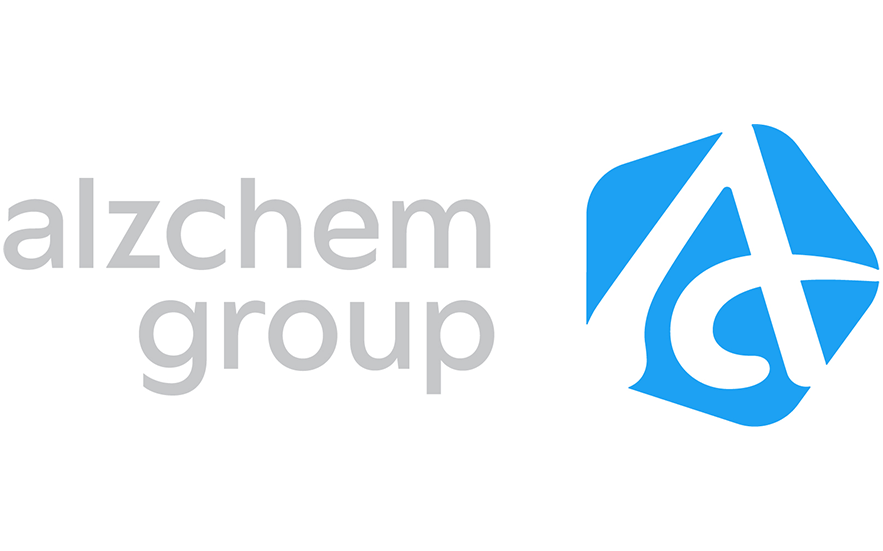

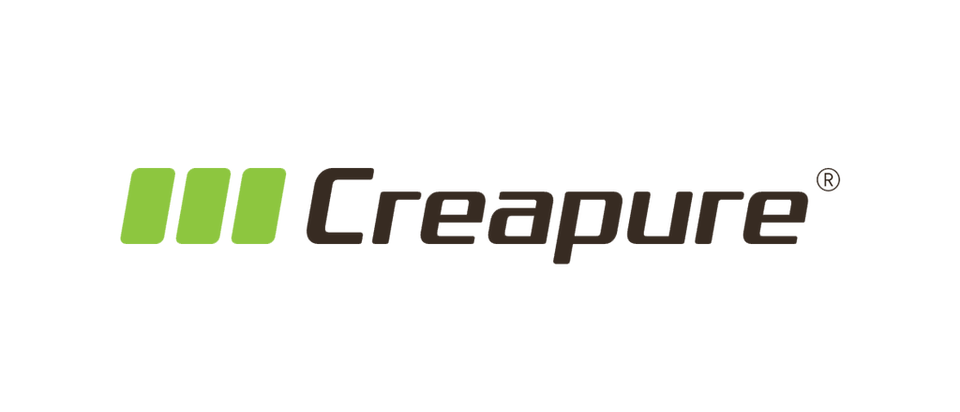
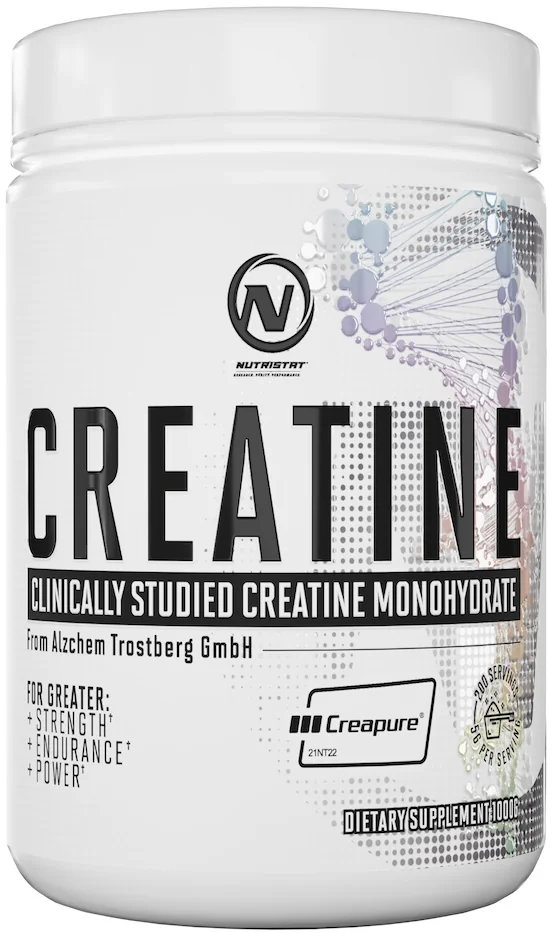
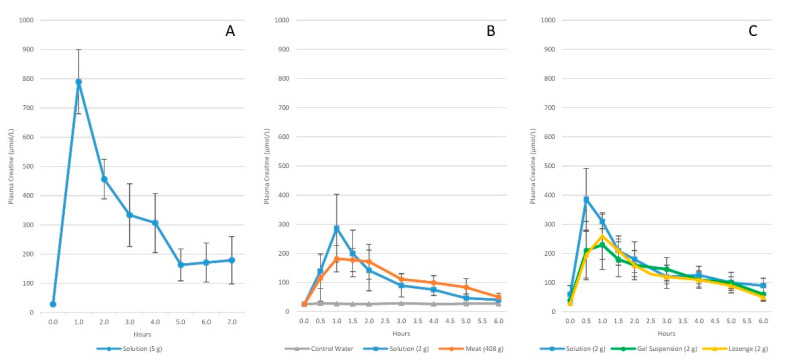
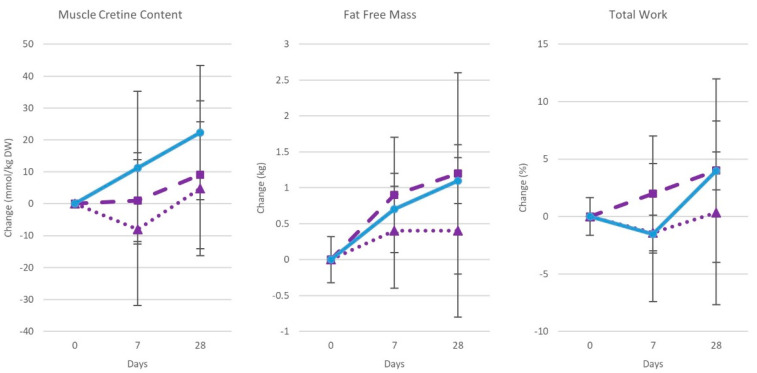
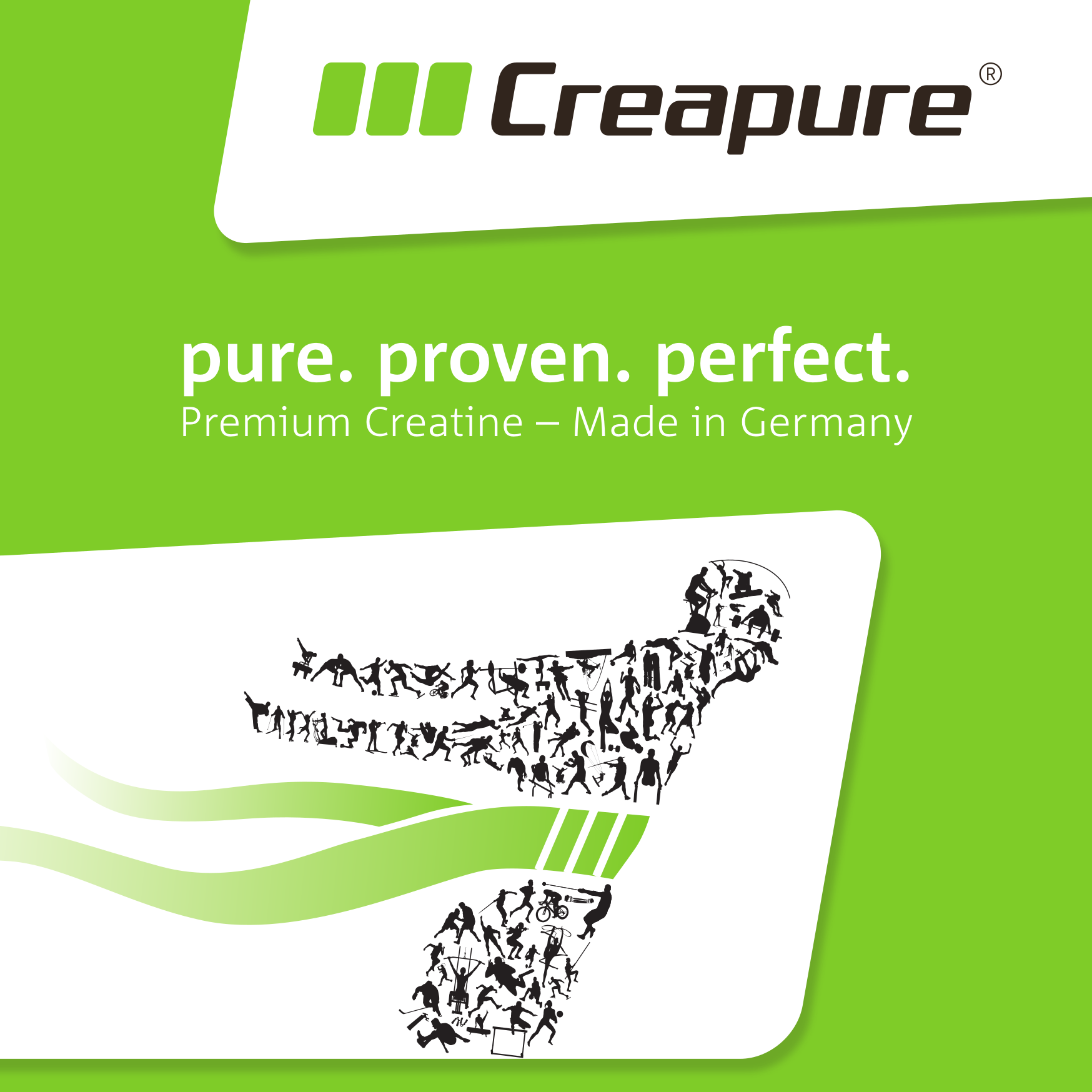
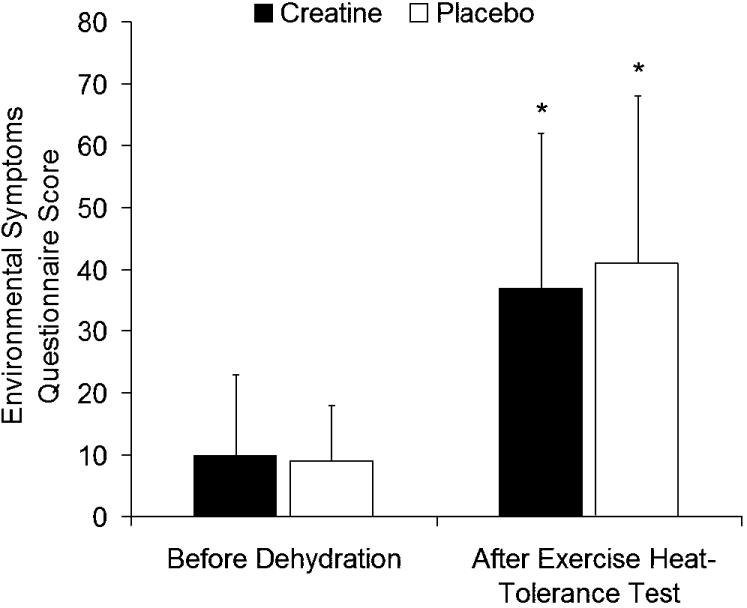



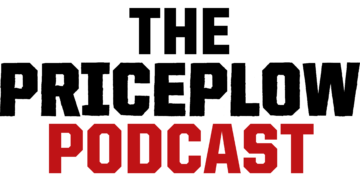
Comments and Discussion (Powered by the PricePlow Forum)